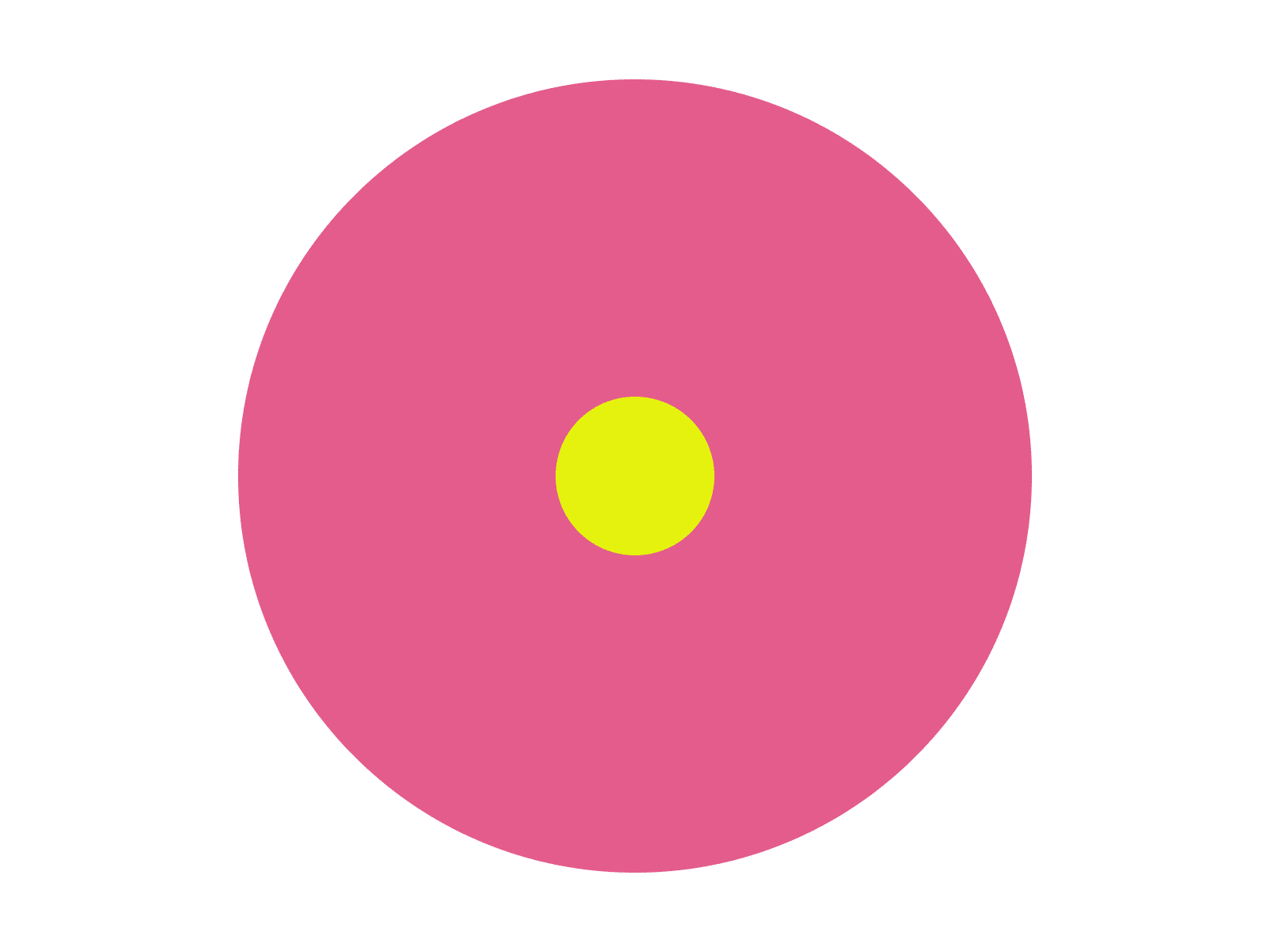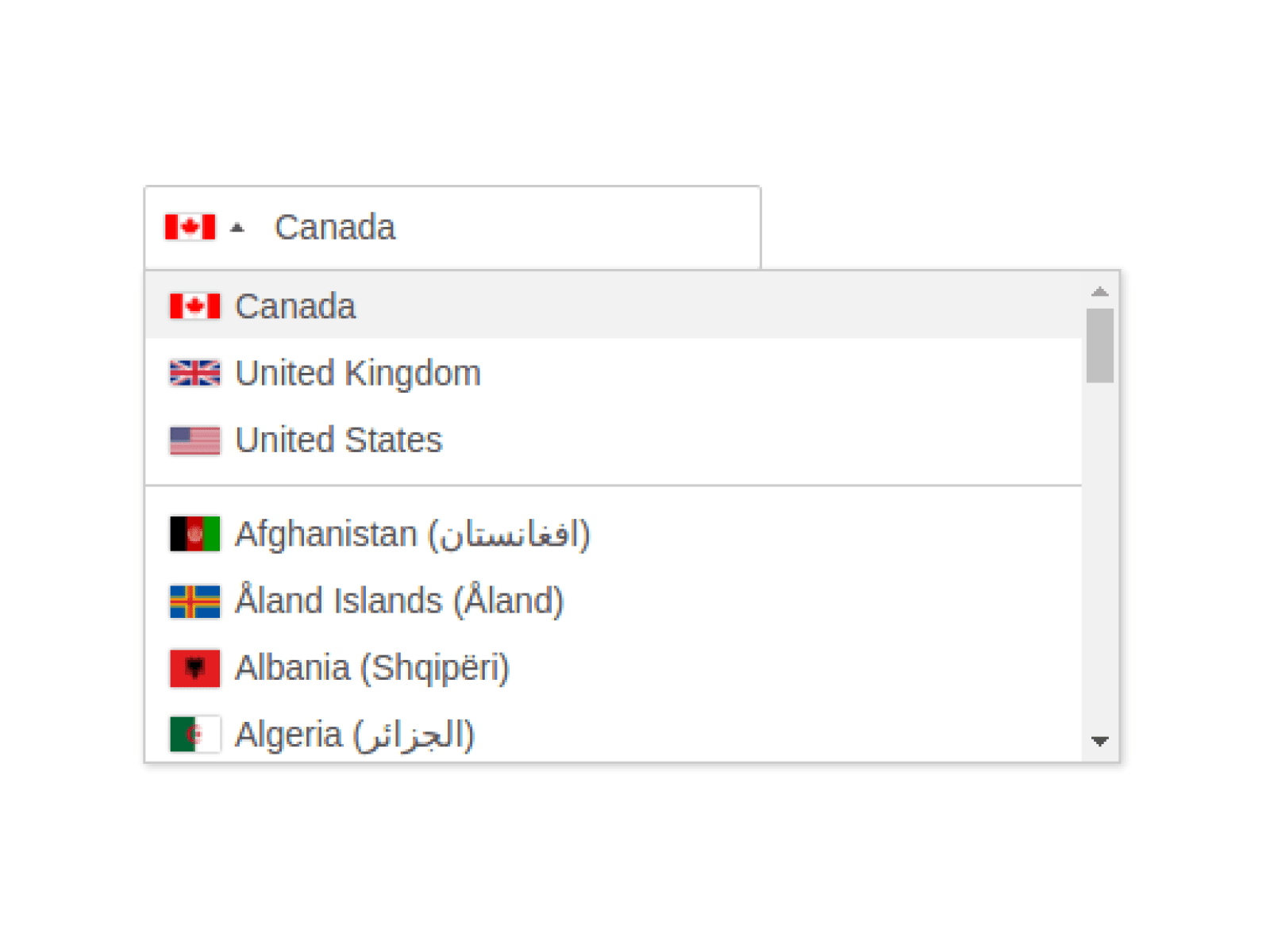Law of Vital Few and Trivial Many

Understanding the Pareto Principle
Also known as “The Pareto Principle” or “80/20” rule, this concept states that in a large system, a high percentage of effects come from a low percentage of causes.
The rule declares that the majority (70-90%) of effects in a large system are caused by a minority (10-30%) of variables in that system. Surprisingly, this rule works across a wide range of systems including engineering, economics, design, and project management.
Classic Examples of the 80/20 Rule
The Pareto Principle manifests in numerous real-world scenarios:
- 80% of errors are caused by 20% of the code
- 80% of revenue comes from 20% of customers
- 80% of time is spent using 20% of a product’s features
- 80% of wealth is owned by 20% of the population
- 80% of class reputation is due to 20% of students
Application in Design
This principle is especially valuable for designers. Use this rule to identify and focus on the 20% of features that users actually engage with 80% of the time. Designers should test and concentrate efforts on that critical 20% of features.
A practical application includes hiding or eliminating the 80% of less-used system components, streamlining the user experience to focus on what truly matters.
Real-World Design Example

In this interface, we can observe how the most frequently selected countries are prominently placed in a separate section, applying the 80/20 rule. To further optimize, we could implement automatic country detection based on user location, eliminating the need for manual selection altogether.